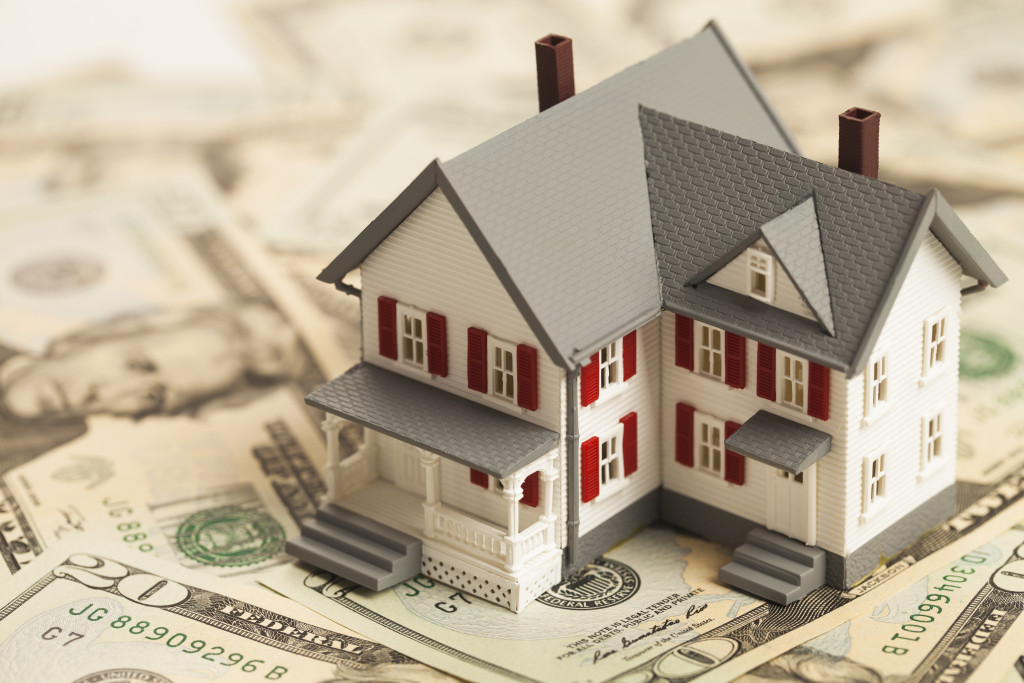A home is one of the crucial investments that an American can make. Unfortunately, with growing prices and a limited inventory in the market, it’s becoming more challenging to purchase a house this year.
Strategically, buying a home is a sound investment. There are various reasons for this, but the main argument is that your home is an asset that appreciates over time.
In addition, a home provides stability and security for you and your family. It’s a place where you can make lasting memories, giving you a sense of ownership and pride. However, if you don’t know how to handle your finances, you might as well say goodbye to that dream. But don’t worry, we’re here to help you out. Here are some financial tips to help you save for a new home.
Choose Your Home
The first and most important rule is to pick a home you can afford. It’s easy to get caught up in the moment and purchase a home way out of your budget. But you don’t want to be stuck with a mortgage you can’t afford.
So, before you start house hunting, figure out how much you can comfortably spend every month. Once you have a number in mind, start looking for homes within your price range.
A good price range right now is around $250,000. This price range will give you a decent-sized home without breaking the bank. It’s also wise to choose a home you can flip if you want to invest. A flippable house usually costs half that, and you can use the remaining to make that house as perfect as possible.

Make a Down Payment Fund
One of the biggest financial hurdles of buying a home is coming up with a down payment. To avoid private mortgage insurance (PMI), most lenders require borrowers to put down at least 20% of the purchase price.
For a $250,000 home, that’s a down payment of $50,000. It might seem like a lot of money, but you can save up for it if you start early enough. The best way to do this is to create a dedicated savings account and make regular deposits.
You should also consider automating your savings so that a fixed amount is transferred to your down payment fund every month. This will help you reach your goal faster. Moreover, consider putting this fund into investments as it will help it grow into the future.
Save Your Tax Refunds
Tax refunds are like found money, so it makes sense to use them to help you save for a down payment. For example, getting a $3,000 refund is like making an extra $250 payment towards your monthly down payment fund.
To make the most of your tax refund, deposit the money into your down payment savings account as soon as possible. This way, you won’t be tempted to spend it on something else.
Look for Grants and Loans
If you’re having a hard time saving for a down payment, other options are available. For example, you can look for grants and loans to help with the down payment and closing costs.
The US government offers a variety of grants and loans for first-time homebuyers. You can also check with your state or local government to see if they offer any programs.
Some employers also offer assistance to employees who are looking to purchase a home. So, it’s worth inquiring about this with your HR department.
Save For Other Expenses
Lastly, people tend to forget to save the other expenses of purchasing a new home. One of the most crucial is moving, especially if you plan to live in that home for some time.
The average cost of moving is around $1,000, but it can go up to $5,000 depending on the distance and the amount of stuff you have. So, factor this in when you’re trying to save for your new home. It’s also good to choose the right moving company for you. They can be much cheaper than the rest and offer negotiable prices.
It’s also good to save at least five years’ worth of maintenance for future maintenance. If you want to know how much maintenance your future home will cost before buying it, follow the one-percent rule. This rule entails putting aside 1% of the home’s purchase price yearly for maintenance. So, if you’re buying a $250,000 home, you should have $2,500 for future repairs.
Saving for a new home can be challenging, but it’s doable if you start early enough and plan. Use these tips to help you save for a new home.

